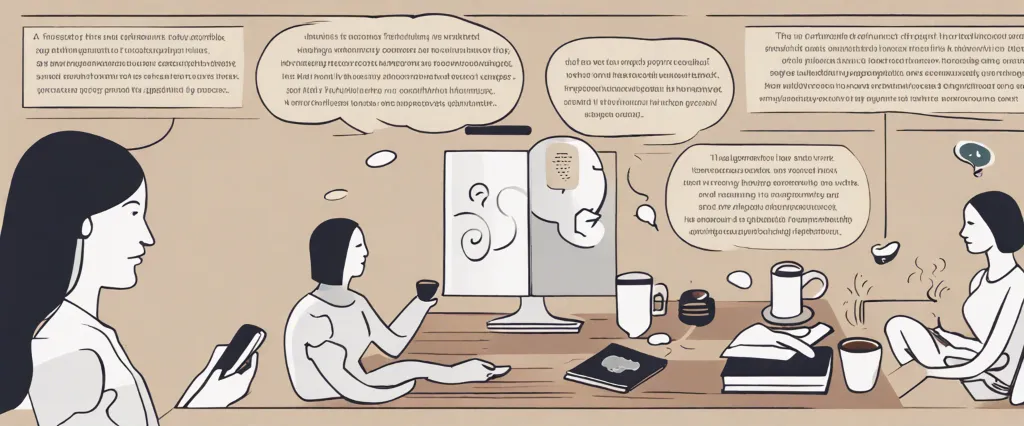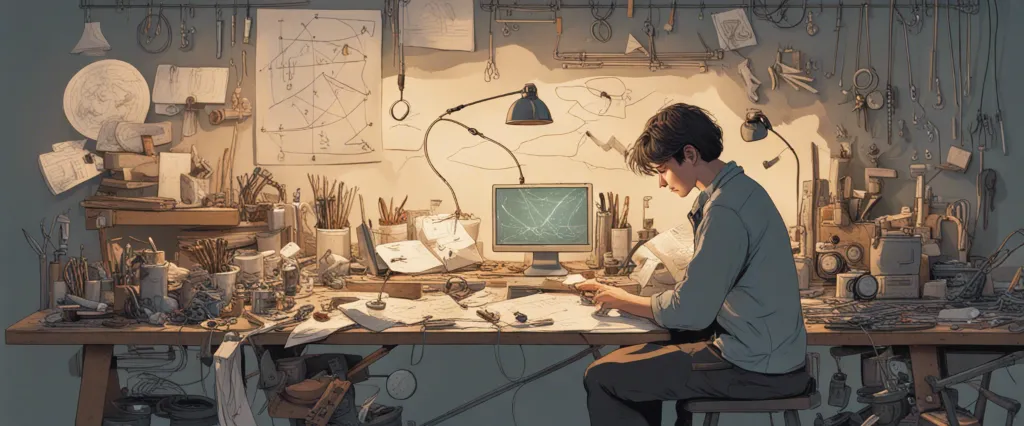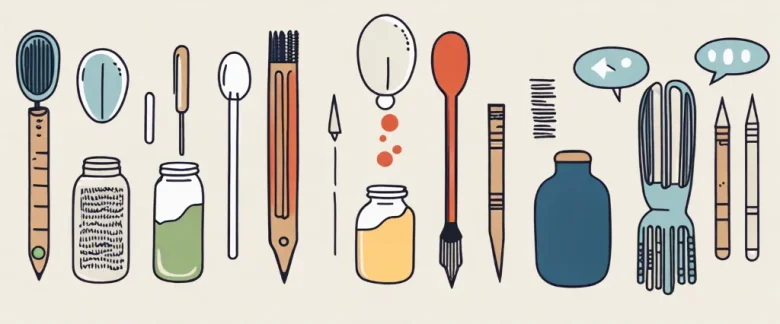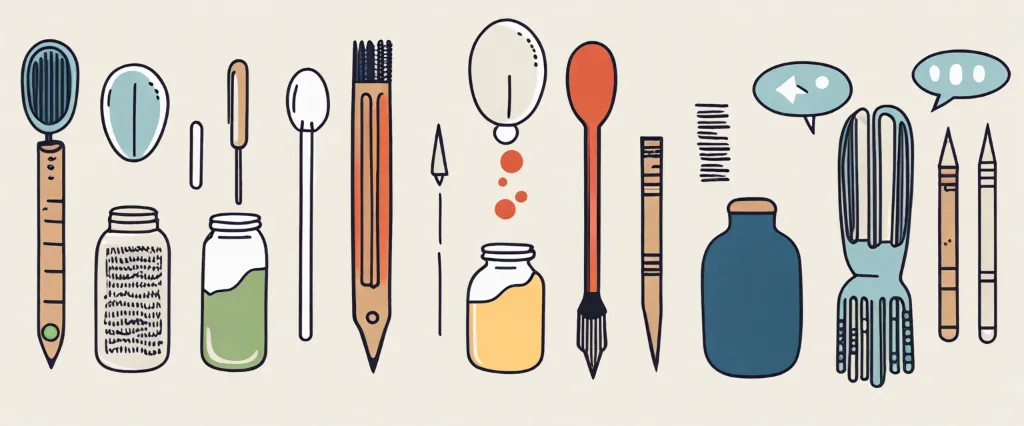In his intriguing book, “Stuff matters” acclaimed materials scientist Mark Miodownik takes readers on a captivating journey into the realm of everyday materials, revealing the hidden wonders and intricate science underlying the ordinary objects that surround us. As an expert in materials and their properties, Miodownik artfully combines personal anecdotes, historical accounts, scientific facts, and astonishing experiments to explore the profound impact of materials on human civilization. With his unique storytelling style and passion for understanding the world through its components, Miodownik invites readers to reframe their perception of the mundane and gain a newfound appreciation for the remarkable stuff that shapes our existence.
The Marvels of Materials
Miodownik, a materials scientist, takes readers on a journey through history, revealing the marvels and mysteries behind various materials that surround us.
In the book, Miodownik reveals the hidden wonders of commonplace materials such as steel, glass, and concrete. He unravels the history and significance of each material, showcasing their role in shaping human civilization. From the invention of steel in ancient times to the advances in glassmaking during the Renaissance, Miodownik provides engaging and enlightening anecdotes that capture the reader’s attention.
Throughout the book, Miodownik delves into the scientific aspects of these materials, explaining their properties and why they are uniquely suited for specific purposes. He discusses the atomic and molecular structure of materials and explores how these structures affect their strength, flexibility, and conductivity.
However, Miodownik goes beyond the scientific aspect and also touches on the emotional and nostalgic connections we have with materials. He explores the sensory experiences associated with materials, such as the comforting touch of a wooden surface or the satisfying sound of breaking a piece of chocolate.
Additionally, Miodownik discusses the future of materials and their potential to reshape our world. He explores cutting-edge materials such as graphene and carbon nanotubes, highlighting their extraordinary properties and the potential impact they may have on various industries.
The Power of Glass
In this chapter, Miodownik explores the fascinating properties and historical significance of glass, highlighting its ability to transform the world around us.
Miodownik begins by describing his personal experience of being stabbed with a glass bottle as a teenager, which sparked his curiosity about this material. He explains that glass is an amorphous solid, composed primarily of silicon dioxide, and discusses its unique characteristics such as transparency, fragility, and brittleness. The author delves into the scientific explanations behind these properties, interweaving historical anecdotes to illustrate the enduring impact of glass on human civilization.
Discussing the early history of glass, Miodownik takes the readers back to ancient Egypt and Mesopotamia, where glass first emerged as a precious material for creating jewelry and luxury items. He delves into the evolution of glassmaking techniques and how its applications expanded to include windows, mirrors, and lenses. The author emphasizes the transformative power of glass, highlighting how it allowed for the development of telescopes, microscopes, and spectacles, revolutionizing our understanding of the universe and enhancing human vision.
Miodownik also explores the role of glass in architecture, where it offers both functionality and aesthetic appeal. He examines famous structures like the Crystal Palace, innovatively designed to exploit the glass’s properties for maximum effect. Moreover, the author discusses the importance of glass in modern transportation, including airplane windows and windshields, and its role in energy-efficient buildings.
By combining scientific explanations, historical narratives, and personal anecdotes, Miodownik engages readers in an exploration of the power of glass. Throughout the chapter, he reveals how this ancient material continues to shape our lives and revolutionize a wide range of industries.
The Wonders of Ceramics
In this chapter, Miodownik explores the fascinating world of ceramics and uncovers their remarkable properties and applications.
Miodownik begins by discussing the origins of ceramics, dating back thousands of years to ancient civilizations. He highlights how ceramics have played a crucial role in shaping human progress, from the earliest pottery and bricks to the development of modern high-tech materials.
The author then delves into the unique properties of ceramics. He explains that ceramics are made from inorganic compounds, usually including a combination of metals and non-metals. These materials possess incredible strength, high melting points, and chemical resistance, making them suitable for a wide range of applications.
Miodownik explores various ceramic products, such as ceramics used in jet engines, dental implants, and bulletproof vests. He reveals how ceramics are used in cutting-edge technologies like aerospace and biomedical industries, where their exceptional properties make them vital for success.
Furthermore, Miodownik delves into the intricate process of creating advanced ceramics. He explains how scientists manipulate the crystalline structure and composition of ceramics to enhance their properties, such as electrical conductivity or piezoelectricity.
The author also marvels at the aesthetic appeal of ceramics, emphasizing their importance in art and culture. He discusses iconic ceramic pieces, such as the Ming Dynasty porcelain or ancient Greek pottery, which demonstrate the lasting influence of ceramics throughout history.
The Magic of Metals

In this chapter, Miodownik delves into the importance of metals in shaping civilization and explains the exceptional properties that make them so remarkable.
Miodownik begins by highlighting the ubiquity of metals in our lives, from the gadgets we use to the structures we inhabit. He emphasizes that our ability to manipulate and utilize metals sets us apart from other species. Despite their widespread use, many people remain unaware of the scientific and historical significance of metals.
The author then proceeds to discuss the discovery and exploitation of different metals throughout history. He touches upon important moments such as the discovery of copper and the Bronze Age, which revolutionized early societies. Miodownik offers insights into the technological advancements that allowed us to harness metals effectively, including blacksmithing techniques.
Furthermore, Miodownik takes readers on a journey through the incredible properties of metals. He explains the power of electromagnetic induction, which is crucial for generating electricity, and highlights how copper’s conductivity is a vital trait. The author also explores the high melting points of metals like tungsten, enabling them to withstand extreme conditions.
Lastly, Miodownik examines the concept of alloys, wherein metals are combined to create new materials with enhanced properties. He discusses steel as a prime example, a mixture of iron, carbon, and other elements that offers exceptional strength and versatility.
Miodownik not only educates readers on the science and history of metals but also instills a sense of wonder and appreciation for these remarkable materials.
The Beauty of Polymers
Polymers are large molecules made up of repeating units. They can be found in objects ranging from the mundane, such as plastic bottles, to the extraordinary, like bulletproof vests. Miodownik starts by discussing how polymers have revolutionized the world of fashion and textiles. He explains how synthetic materials like nylon and polyester have become essential in creating clothes that are both comfortable and durable. Additionally, polymers have enabled the development of high-performance fabrics used in sports and outdoor gear.
Moving on, Miodownik highlights the vital role of polymers in modern medicine. He describes how polymers are used in the form of biocompatible materials, such as artificial organs and drug delivery systems. These advancements have greatly improved patient outcomes and saved countless lives.
Importantly, polymers also play a significant role in preserving our environment. Miodownik discusses the development of biodegradable polymers, which offer a sustainable alternative to plastics that can take centuries to break down. This environmentally friendly approach is essential for reducing the devastating impact of plastic waste on our planet.
Miodownik concludes by marveling at the versatility and beauty of polymers. He emphasizes how they have revolutionized multiple industries and become an essential part of our everyday lives. Through their remarkable properties and potential for innovation, polymers exhibit the extraordinary blend of science and art that make them so captivating.
The Secrets of Paper
In this chapter, Miodownik unravels the scientific and cultural aspects of paper, revealing its hidden secrets and its impact on society.
Miodownik begins by explaining the basic properties of paper, such as its thinness and flexibility, which allow it to be easily manufactured and used for various purposes. He explores the historical significance of paper, tracing its origins back to China over 2,000 years ago. He describes the meticulous process of turning plant fibers into pulp, which is then used to create sheets of paper.
The author then delves into the impacts of paper on human civilization. He discusses how the invention and widespread use of paper revolutionized education, communication, and the spread of knowledge. Miodownik explains the advent of the printing press, which allowed for mass production of books and ultimately transformed the world.
Moreover, Miodownik delves into the scientific properties of paper, elaborating on its unique structure. He explains the cellulose fibers that make up paper and their arrangement, giving paper its strength and flexibility. The author also discusses the chemical process behind paper yellowing over time and explains how modern preservation techniques aim to prevent this aging process.
Through historical, cultural, and scientific lens, Miodownik highlights the important role that paper plays in our lives, both past and present. The chapter uncovers the often overlooked beauty and complexity behind something seemingly mundane, demonstrating that even the simplest of materials can hold deep significance.
The Mysteries of Concrete
Miodownik takes readers on a journey, unraveling the mysteries behind this ubiquitous material while shedding light on its significant impact on architecture and society.
Concrete, essentially a mixture of cement, sand, and coarse aggregates, has been an essential building material for centuries. Its discovery dates back to ancient times, and its use has shaped the development of many civilizations. Miodownik delves into the Roman Empire’s architectural achievements, emphasizing their excellent concrete craftsmanship, which has stood the test of time through structures like the Pantheon and aqueducts.
One of the book’s central themes is the relationship between concrete and strength. Miodownik explains the particular physical properties of concrete that make it a reliable and versatile construction material. He reveals the fascinating chemical reactions occurring during the creation of cement, a crucial component of concrete, as well as the internal structure that strengthens and binds it together.
While exploring the historical aspects, Miodownik also delves into the environmental impact of concrete production. The chapter highlights the challenges posed by the massive amounts of CO2 emissions produced during the cement-making process. However, he points out that creative approaches, such as incorporating recycled materials and sustainable alternatives like geopolymer cement, could help mitigate these environmental issues.
Through blending history, science, and personal anecdotes, Mark Miodownik uncovers the secrets of concrete and reveals its immense importance in shaping our built environment.

The Future of Materials
The future of materials presented in the book encompasses a wide range of scientific advancements and potential innovations that could revolutionize various industries.
Miodownik begins by describing the importance of materials in shaping human civilization. From the discovery of fire to the advent of plastics, materials have played a crucial role in our technological progress. He emphasizes the cruciality of understanding and appreciating the materials around us, as they dictate the capabilities and limitations of modern society.
One of the key themes in the book is the exploration of novel materials that may shape the future. Miodownik delves into the development of graphene, an incredibly thin and strong substance that possesses extraordinary electrical and thermal conductivity. Graphene has the potential to revolutionize electronics, energy storage, medicine, and even space exploration.
The author also discusses the rapidly evolving field of nanotechnology. By manipulating materials at the atomic and molecular level, scientists are able to create new substances with unique properties and applications. Miodownik touches on the future possibilities of developing self-healing materials, intelligent textiles, and even nanobots with medical applications.
Furthermore, sustainability and environmental considerations are forefront in Miodownik’s discussion of the future of materials. He examines how materials can be utilized in a more sustainable manner, such as the development of biodegradable plastics and using natural fibers in place of synthetic options.
By understanding and harnessing the properties of materials, we have the ability to create innovative solutions to societal problems and drive progress in various industries.
After Reading
In conclusion, “Stuff Matters” by Mark Miodownik explores the fascinating world of materials, shedding light on their role in shaping human civilization. Through his personal anecdotes and scientific explanations, Miodownik seamlessly navigates the realms of metals, ceramics, glass, and more, revealing their hidden beauty and importance. He emphasizes the way materials surround us, influencing our experiences and shaping our future. With an engaging writing style and a deep passion for his subject, Miodownik successfully instills a sense of awe and appreciation for the everyday objects that make up our world. “Stuff Matters” is a captivating read that unveils the wonder and significance of the materials that we often overlook, prompting readers to question the essence of the physical world and the impact it has on our lives.
1. “In Search of Respect: Selling Crack in El Barrio” by Philippe Bourgois:
Bourgois vividly explores the lives of inhabitants on the fringes of society in East Harlem. Through intimate interviews and extensive fieldwork, he provides an eye-opening account of poverty, drug addiction, and the struggle for respect in an urban setting. This gripping narrative will challenge your preconceptions and shed light on the complexities of marginalized communities.
2. Brief Answers to the Big Questions” by Stephen Hawking:
In this thought-provoking book, renowned physicist Stephen Hawking addresses some of the most profound questions humanity ponders. Through his distinct scientific insight and accessible writing style, Hawking illuminates concepts like the origins of the universe, the existence of extraterrestrial life, and the future of artificial intelligence. This book is a must-read for anyone curious about our place in the cosmos.
3. The Telomere Effect: A Revolutionary Approach to Living Younger, Healthier, Longer” by Elizabeth Blackburn:
Building upon the breakthrough discovery of telomeres, Elizabeth Blackburn presents an engaging exploration of how our chromosomes impact aging and overall well-being. Co-written with Elissa Epel, “The Telomere Effect” offers practical advice on lifestyle changes to optimize telomere health and counteract cellular aging. This pioneering work will empower you to take control of your wellbeing and make positive changes in your life.
4. The Immortal Life of Henrietta Lacks” by Rebecca Skloot:
Delve into the remarkable story of Henrietta Lacks, an African American woman whose cells were unknowingly harvested for research, leading to countless medical breakthroughs. Skloot masterfully intertwines the scientific and human narratives, tackling issues of race, ethics, and medical advancements. A captivating blend of history, biology, and social commentary, this book will leave you with a greater understanding of medical ethics and the impact of scientific discoveries on individual lives.
5. Sapiens: A Brief History of Humankind” by Yuval Noah Harari:
Embark on a sweeping journey through the history of our species, from the emergence of Homo sapiens to the present day. Harari’s insightful analysis explores the impact of cognitive, agricultural, and technological revolutions on human society. This book challenges our assumptions about progress, religion, and human nature, offering a fresh perspective and prompting deep reflection on the origins of our own beliefs and behaviors.




